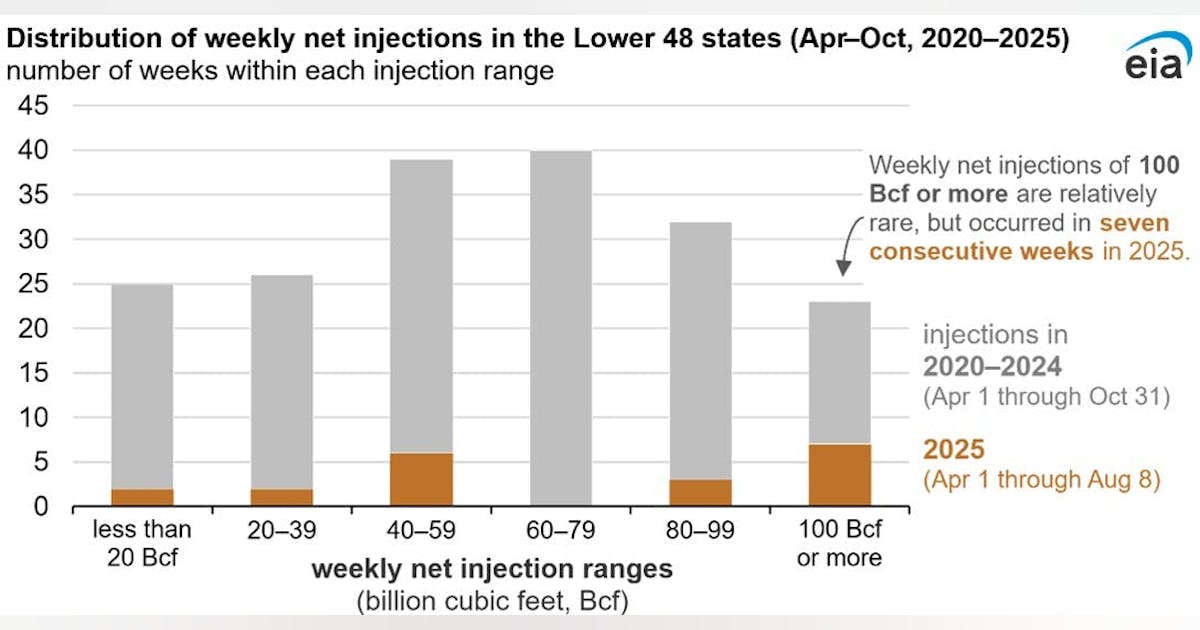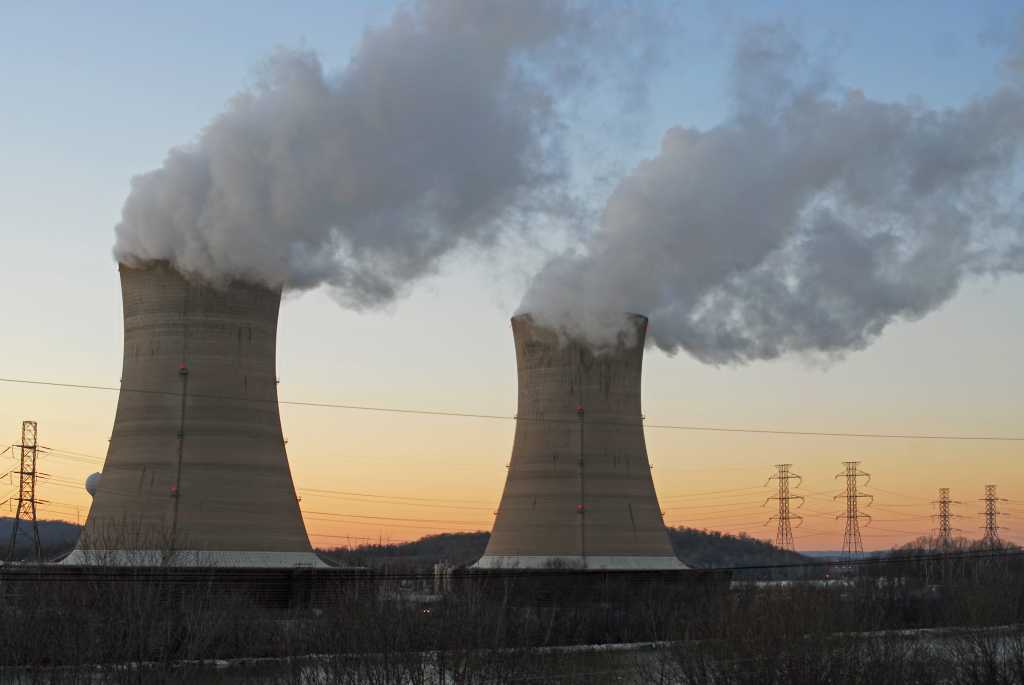
A US federal court in Texas ended Endangered Species Act (ESA) protections for the lesser prairie chicken, overturning a US Fish and Wildlife Service (FWS) rule to safeguard the bird, which is found in the major oil- and gas-producing states of Texas, Oklahoma, Kansas, New Mexico, and Colorado.
US District Judge David Counts, writing for the court on Aug. 12, cited “serious, foundational defects” in the rule. He said, “mere remand [sending the rule back to FWS] would not cure this error.”
Counts, a Trump appointee, backed the Trump administration’s FWS to immediately vacate the rule that listed the northern distinct population segment of the lesser prairie chicken as threatened and the southern population of the species as endangered under the Endangered Species Act (ESA).
FWS reevaluated the rule in January 2025, after Trump was inaugurated. It found that the prior administration incorrectly applied the Discrete Population Segment (DPS) policy and failed to provide significant justification for the listings. DPS allows for the conservation and protection of specific, significant populations of animals, even if the entire species is not considered endangered or threatened. The FWS must prove that the population in question is discrete (distinct from other populations) and significant (important to the overall species) to apply the policy, conditions that the previous FWS failed to meet, according to the Trump administration’s FWS.
The FWS “commits no handwaving when it also concedes that this failure causes the Final Listing Rule to be unlawful,” Counts wrote in the 18-page decision. He noted that under the Administrative Policy Act, courts must “set aside” actions “found to be . . . arbitrary, capricious, an abuse of discretion, or otherwise not in accordance with law,” as he did in this case.
FWS first listed the lesser prairie chicken as a threatened species under the ESA in 2014. Energy industry groups and others challenged the listing, which was vacated in 2015.
The Permian Basin Petroleum Association, five ranchers’ associations, and Texas sued the Biden administration over the 2022 rule (OGJ Online, Mar. 23, 2023).
Environmental groups, in filings, urged the judge to keep the listing in place while FWS attempted to fix the alleged problems.
“It’s bitterly disappointing to see a federal judge accept the Trump administration’s bad faith rationale for stripping the lesser prairie chicken’s urgently needed protections,” said Jason Rylander, the legal director of the Center for Biological Diversity’s Climate Law Institute.



















